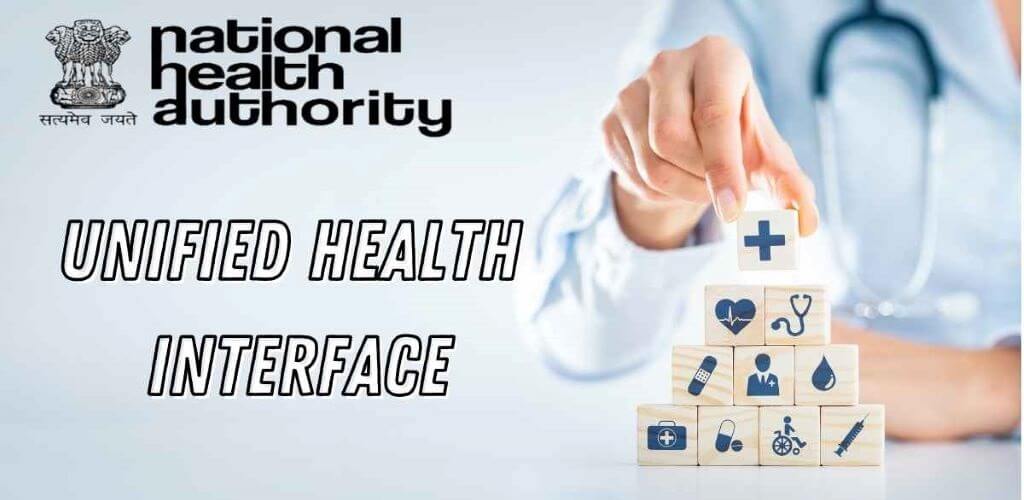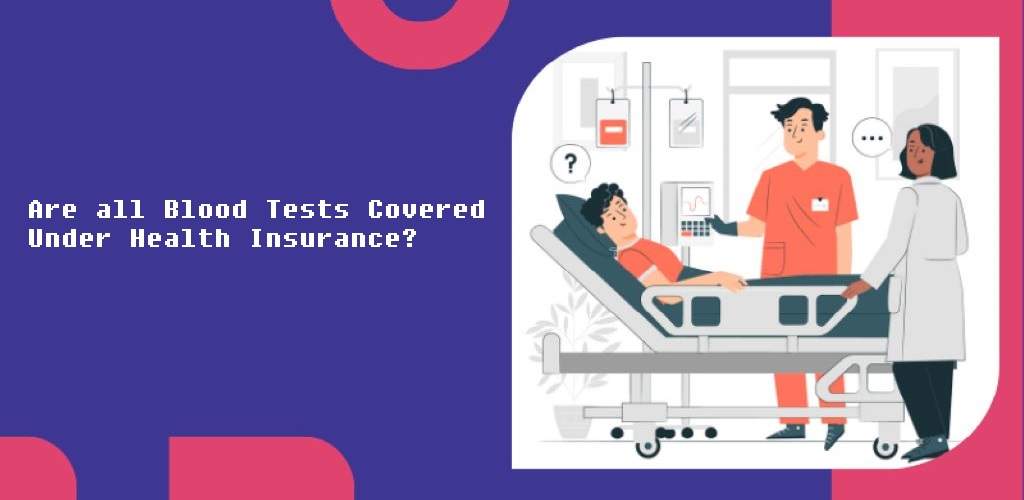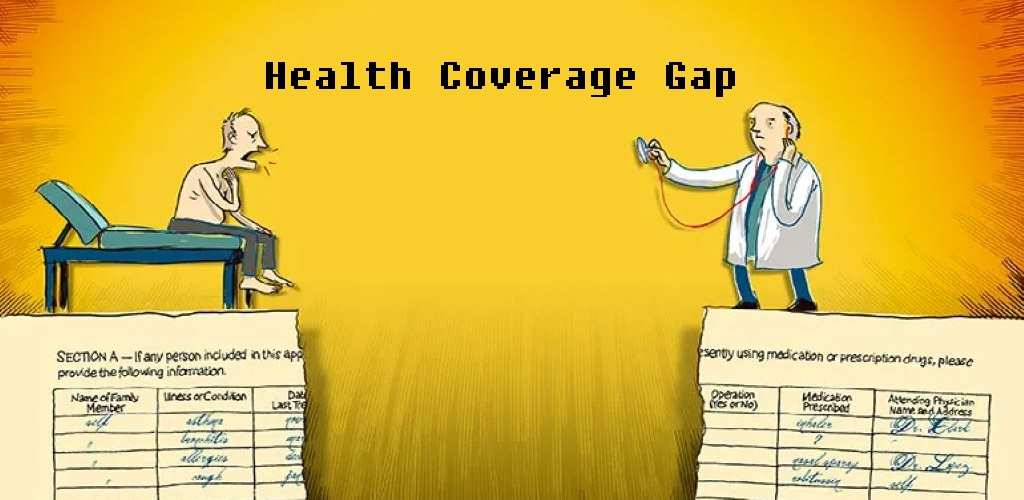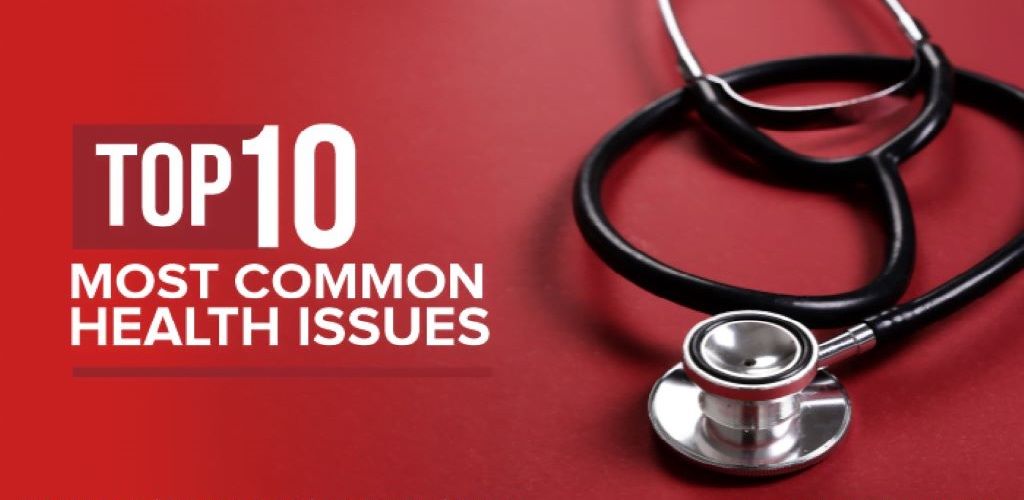Since the healthcare world is pretty complicated and fragmented, it is important to have seamless access to health information. This raises the need for the Unified Health Interface (UHI), which has become a game changer in revolutionizing the way we manage, access, and understand health data.
Imagine it as a super hub that brings together all kinds of health info, from records to wearable data. In essence, it is a comprehensive platform that seamlessly integrates and streamlines health information for a cohesive and interconnected healthcare system. It brings different types of health info, like records, gadget outputs, and test results, together in a harmonious way. This mixture of information makes it easy for doctors and nurses to make smart choices and decisions.
As we embark on this journey, we will unravel the layers of UHI, gaining a deeper understanding of its benefits, components, and more!
Important components of UHI
In its quest for seamless health information exchange, the Unified Health Interface follows industry standards and frameworks to ensure robust interoperability.
Let’s explore the key elements of UHI!
- FHIR (Fast Healthcare Interoperability Resources): The UHI interface uses HL7’s FHIR to share important health info between different healthcare systems. It’s like a special language that helps doctors and nurses easily exchange data. UHI makes it super simple with a tool called RESTful API, allowing healthcare individuals to quickly and smoothly share patient info.
- IHE (Integrating Healthcare Enterprise): IHE plays a vital role in UHI’s interoperability framework. UHI uses special IHE profiles that follow the rules of HL7 and DICOM. These profiles are like specific sets of instructions for different health tasks, like e-prescribing. This helps UHI fit in with the best ways of doing things in the healthcare world, making sure information is exchanged efficiently and in a standard way.
- Electronic Health Records (EHRs): EHRs are the backbone of modern healthcare systems, and UHI recognizes their importance. Big healthcare systems like Epic, Cerner, and Athenahealth use FHIR to make sure they can easily share information between them. UHI also uses FHIR, making it simple for all these systems to communicate with each other. This way, doctors and nurses can access all the important information about a patient without any hiccups.
- Health Information Exchanges (HIEs): HIEs serve as critical infrastructure within the Unified Health Interface (UHI) ecosystem. UHI needs regional HIEs to grow so that health data can be shared between doctors and hospitals. This helps UHI make sure that patient info can move safely between different places, promoting teamwork in healthcare.
Together, the integration of FHIR, IHE, EHR, and HIE within UHI creates a powerful ecosystem. This system makes sure that everyone can work together without any barriers, leading to better teamwork among doctors and better patient care.
What Are The Benefits Offered By UHI?
The Unified Health Interface (UHI) has several healthcare system benefits. Some of them are:
- Encouraging Patient Involvement: UHI encourages patients to take an active role in their healthcare journey by providing easy access to their health information. Patients can effortlessly view their complete health records, including notes from doctors, diagnostic reports, prescriptions, and more, all in one patient portal. This fosters a sense of empowerment and engagement in the decision-making process.
- Saves Costs In Healthcare: UHI interface streamlines data exchange, cutting down duplicate and unnecessary tests. This helps reduce expenses linked to repetitive medical interventions. Additionally, since the coordination is improved and important information is shared among healthcare providers through UHI, it can prevent unnecessary hospital visits and complications, ultimately lowering overall healthcare expenditures.
- Improved Connectivity: UHI enhances interoperability by bringing together FHIR, IHE, EHR, and HIE, making it easy for diverse healthcare systems to collaborate seamlessly. This interoperability gives doctors a comprehensive view of a patient’s health history. When they have access to records from various sources along with EHR results, it contributes to more accurate diagnosis and treatment decisions.
- Breaking Down Data Silos: UHI is important in breaking down data silos within the healthcare system. It combines data from EHRs, HIEs, and other healthcare systems, preventing information from being trapped in individual silos. Additionally, UHI follows standardized formats like HL7’s FHIR and IHE profiles. This ensures a consistent and uniform representation of data, making it easier to share and comprehend across various platforms.
What Does The Future Of UHI Hold?
The Unified Health Interface (UHI) is brimming with promise as it undergoes continuous changes, influencing and transforming the healthcare landscape. A multitude of trends and events may characterize the future of UHI. Some of them are as follows:
- Increased Patient Empowerment: UHI is all set to significantly boost patient empowerment, introducing even more innovative tools and features. Since UHIs offer easy access to important health information, they empower patients to have a comprehensive understanding of their health status and actively participate in decisions about their treatment plans.
- Global Adoption & Standardization: Imagine a world where healthcare is accessible to everyone, regardless of their location. UHI transforms healthcare into a captivating journey, akin to a magical travel portal, ensuring enough accessibility. The widespread acceptance of UHI on a global scale may lead to increased standardization in how healthcare data is shared. This harmonization could give rise to a more interconnected and interoperable worldwide healthcare system.
- Personalized Healthcare Solutions: UHI’s integration with advanced technologies and data analytics holds the potential to introduce more personalized healthcare solutions. Powered by artificial intelligence, these solutions can analyze user data to predict potential health risks. They may propose personalized prevention plans or treatment options tailored to each individual, ensuring individuals are well-equipped to overcome any health challenges that may arise.
- Enhanced Security Measures: As the emphasis on data security and privacy grows, the future of UHI may include the implementation of advanced security measures, such as robust encryption, identity management, and secure data-sharing rules. The tighter security guidelines and protocols will help patients to securely access their UHI platforms.
Government Guidelines Regarding The Unified Health Interface
The NHA (National Health Authority) has released a consultation paper on ‘Operationalizing Unified Health Interface (UHI) in India’, outlining market rules for the UHI network (a key component of the Ayushman Bharat Digital Mission). Covering aspects like search and discovery, payment processes, and grievance redressal, the paper seeks feedback from stakeholders through specific open-ended questions. Some of the guidelines mentioned in the paper are as follows:
- The UHI network policy ensures fairness in search and discovery, with guidelines for NPs (Nurse Practitioners). HSPAs (Health Service Provider Agents) provide accurate information, Gateways must relay requests impartially, and EUAs (End User Applications) are mandated to faithfully display results.
- For trust and smooth transactions, NPs must maintain accuracy, transparency, and fairness. HSPAs are required to have clear policies on refunds for cancellations, rescheduling, and no-shows.
- Once a user books a service, HSPAs are responsible for timely and accurate delivery, addressing issues per terms and conditions, and grievances through UHI’s redressal mechanism.
- Under the UHI Network Agreement, NPs maintain nodal accounts, with the NHA possibly mandating EUAs or HSPAs for temporary collections. The UHI Policy Network requires HSPAs to disclose rescheduling and cancellation terms at booking for a fair and trustworthy healthcare network.
Frequently Asked Questions
You can access various types of information through UHI, including medical records, insurance details, wearable device data, test results, and other personal health information.
UHI incorporates robust security measures to safeguard your information, such as data encryption, user authentication, strong access controls, and advanced cybersecurity protocols.
Yes. Basic access to UHI is free. However, if you wish to have certain additional features or advanced functionalities, you may be required to pay for upgrades or subscriptions.
UHI is different from other technologies because it offers a cohesive platform that interlinks various aspects of the health ecosystem. It is a revolutionary solution for the management, access, and comprehension of health data.








